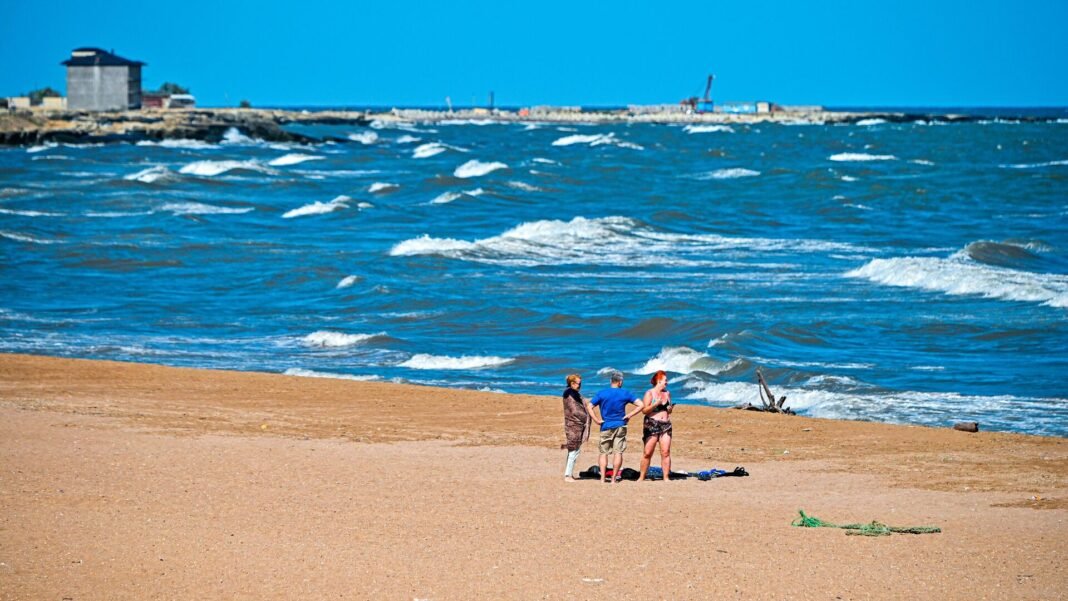The Caspian Sea — the world’s largest enclosed body of water — is shrinking. According to projections, water levels could fall by as much as 1.5 meters by 2050, raising alarm among regional scientists and environmental experts.
Professor Amir Aliyev, head of the Caspian Sea Department at the Hasan Aliyev Institute of Geography under Azerbaijan’s Ministry of Science and Education, says the decline has been ongoing since 1996, with annual losses of 20 to 25 centimeters recorded for much of that period.
“In the past two years, the rate of decline has slowed somewhat, to around 10 to 15 centimeters annually,” Aliyev noted. “Still, the long-term trend remains downward.”
The professor emphasized that the Caspian’s water level fluctuations follow a cyclical pattern, and while the decline is expected to continue until the mid-21st century, models suggest that a reversal — a gradual rise in water levels — may begin after that.
But the environmental toll is already being felt. The sea has receded by 100 to 200 meters in some coastal areas, creating an illusion of expanding beaches — but with dangerous consequences for recreational users.
“What looks like a wider shoreline is actually unstable and hazardous terrain,” Aliyev warned, citing mudslides and heavy sediment buildup as key risks. “People who can’t swim face particular danger — they may lose their footing on the slippery, muddy seabed, which can lead to serious accidents.”
Aliyev explained that sediment accumulation is most severe near the water’s edge — where beachgoers enter the sea — making the risk even greater.
“When the sea level was higher and coastal winds were stronger, water circulation helped prevent sediment from settling. But the ongoing decline in sea level has allowed thick layers of silt to form along the coast,” he said.
Beyond safety concerns, the drop in water levels poses serious ecological challenges for Azerbaijan and neighboring Caspian states. Environmentalists have voiced concern over the shrinking sea’s impact on biodiversity, fisheries, and coastal infrastructure — with no immediate solution in sight.




